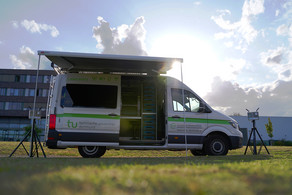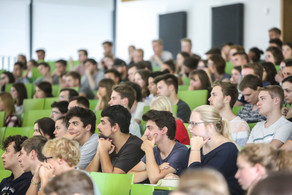CNI participates to first responder exercise in Ahr valley
- News
- News
- Project
- LARUS-PRO
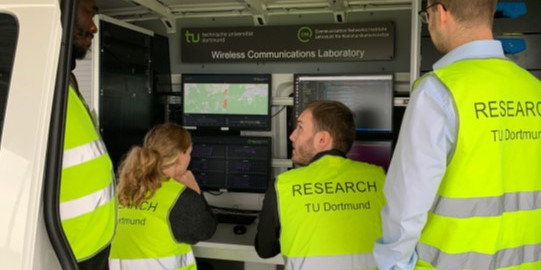
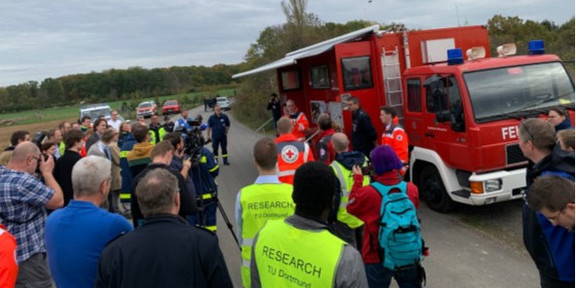
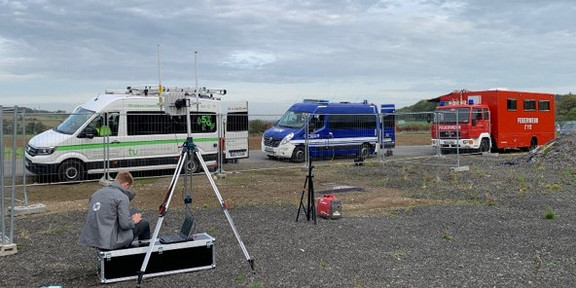

A press report about the excercise can be found here.
Further information on the research in LARUS and LARUS-PRO can be found in the following publications:
- J. Güldenring, P. Gorczak, F. Eckermann, M. Patchou, J. Tiemann, F. Kurtz, C. Wietfeld, "Reliable Long-Range Multi-Link Communication for Unmanned Search and Rescue Aircraft Systems in Beyond Visual Line of Sight Operation", In Drones, MDPI, vol. 4, no. 2, May 2020.
- J. Tiemann, O. Feldmeier, C. Wietfeld, "Supporting Maritime Search and Rescue Missions through UAS-based Wireless Localization", In IEEE Global Communications Conference Workshops (GLOBECOM Workshops), The 9th International Workshop on Wireless Networking and Control of Unmanned Autonomous Vehicles (Wi-UAV), Abu Dhabi, United Arab Emirates, December 2018. [pdf] [Details]
The newly proposed DRaGoN method developed on the reserach projects DFG SFB 876, Plan& Play as well as 6GEM is described in detail in the following work:
- M. Geis, B. Sliwa, C. Bektas, C. Wietfeld, "TinyDRaGon: Lightweight Radio Channel Estimation for 6G Pervasive Intelligence", In 2022 IEEE Future Networks World Forum (FNWF), Montreal, Canada, October 2022. (Best Paper Award). [pdf] [Details]
- B. Sliwa, M. Geis, C. Bektas, M. Lopéz, P. Mogensen, C. Wietfeld, "DRaGon: Mining latent radio channel information from geographical data leveraging deep learning", In 2022 IEEE Wireless Communications and Networking Conference (WCNC), Austin, Texas, USA, May 2022. [pdf] [Details]



